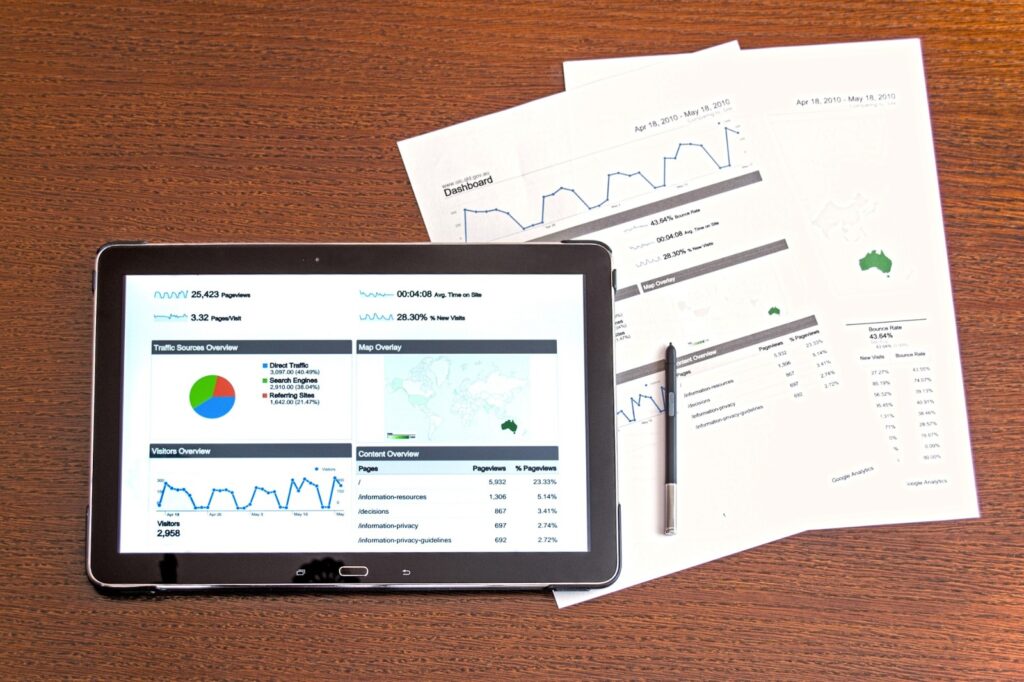Data Research by Using Surveys

Data research is an essential part of any business strategy, and surveys are a powerful tool for collecting data. Surveys can provide businesses with valuable insights into their audience, their needs, and their behaviors. In this article, we will discuss how to conduct data research by using surveys, including the benefits of surveys, survey design best practices, and analysis tips.
Benefits of Using Surveys for Data Research
Surveys are a cost-effective and efficient way to collect data from a large number of people. By using surveys for data research, businesses can gain the following benefits:
- Gain Insights into Your Target Audience : Surveys can provide businesses with valuable insights into their target audience’s preferences, behaviors, and needs. By collecting data from a large number of people, businesses can identify trends and patterns that can inform their strategy.
- Identify Opportunities and Pain Points: Surveys can help businesses identify opportunities to improve their products or services. They can also highlight pain points and areas that need improvement.
- Make Informed Decisions: Data research by using surveys can help businesses make informed decisions based on data, rather than assumptions or guesswork.
- Improve Customer Satisfaction: By collecting feedback from customers through surveys, businesses can identify areas where they need to improve and take action to improve customer satisfaction.
- Survey Design Best Practices : To ensure that the data collected from surveys is accurate and useful, it is essential to follow survey design best practices. Here are some tips for designing effective surveys:
- Keep it Simple : The survey should be easy to understand and answer. Use clear and concise language and avoid technical jargon.
- Choose the Right Survey Format : There are various survey formats, such as multiple-choice, open-ended, and rating scale. Choose the format that best suits your research goals.
- Use Relevant and Specific Questions : Ask questions that are relevant to your research goals and specific enough to generate actionable insights.
- Test the Survey : Before sending the survey to your target audience, test it on a small group of people to identify any issues or areas for improvement.

Survey Analysis Tips
Once the survey data has been collected, it is essential to analyze it effectively to derive useful insights. Here are some tips for analyzing survey data:
- Clean the Data : Clean the data to remove any irrelevant or incomplete responses. This will ensure that the analysis is based on accurate data.
- Identify Trends and Patterns : Use data visualization tools to identify trends and patterns in the survey responses. This will make it easier to identify the insights and take action based on the findings.
- Cross-Reference the Data : Cross-reference the survey data with other sources of data, such as website analytics or customer feedback. This will provide a more comprehensive understanding of the data and its implications.
- Draw Actionable Insights : Finally, draw actionable insights from the data and use them to inform business decisions. Focus on the insights that will have the most significant impact on the business and take action accordingly.
Some Important Points
Data research with surveys has many benefits. Surveys provide valuable insights into businesses’ target audiences. With these insights, businesses expand the constraints and make better decisions for their businesses. There are important points for the data collected through surveys to be accurate and useful. There are important points for the data collected through surveys to be accurate and useful. When preparing a survey for your business, you should keep it simple and use the right survey format. You should also test the survey to see if the survey you have created is efficient. Organizing your survey according to the results you get from the tests will allow you to get better results.
Once the survey data has been collected, it is essential to analyze it effectively, including cleaning the data, identifying trends and patterns, cross-referencing the data, and drawing actionable insights. By following these best practices, businesses can leverage surveys as a powerful tool for data research.
With Cxperium, you can start collecting data right now by creating surveys through messaging applications. You can diversify your data research with different types of surveys that you will create in accordance with the goals of your business and you can reach the data you need in the fastest way.